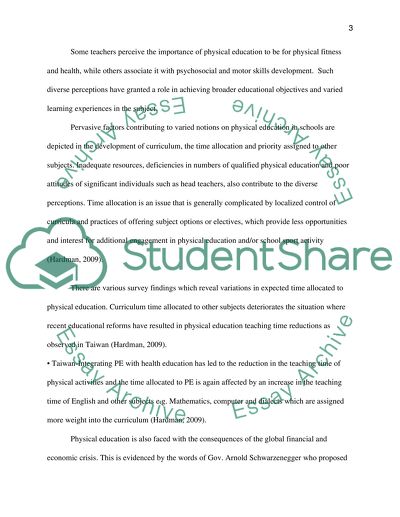Cite this document
(“Physical Education Assignment Example | Topics and Well Written Essays - 2250 words”, n.d.)
Retrieved de https://studentshare.org/education/1494167-the-notion-that-teachers-hold-different-value
Retrieved de https://studentshare.org/education/1494167-the-notion-that-teachers-hold-different-value
(Physical Education Assignment Example | Topics and Well Written Essays - 2250 Words)
https://studentshare.org/education/1494167-the-notion-that-teachers-hold-different-value.
https://studentshare.org/education/1494167-the-notion-that-teachers-hold-different-value.
“Physical Education Assignment Example | Topics and Well Written Essays - 2250 Words”, n.d. https://studentshare.org/education/1494167-the-notion-that-teachers-hold-different-value.


